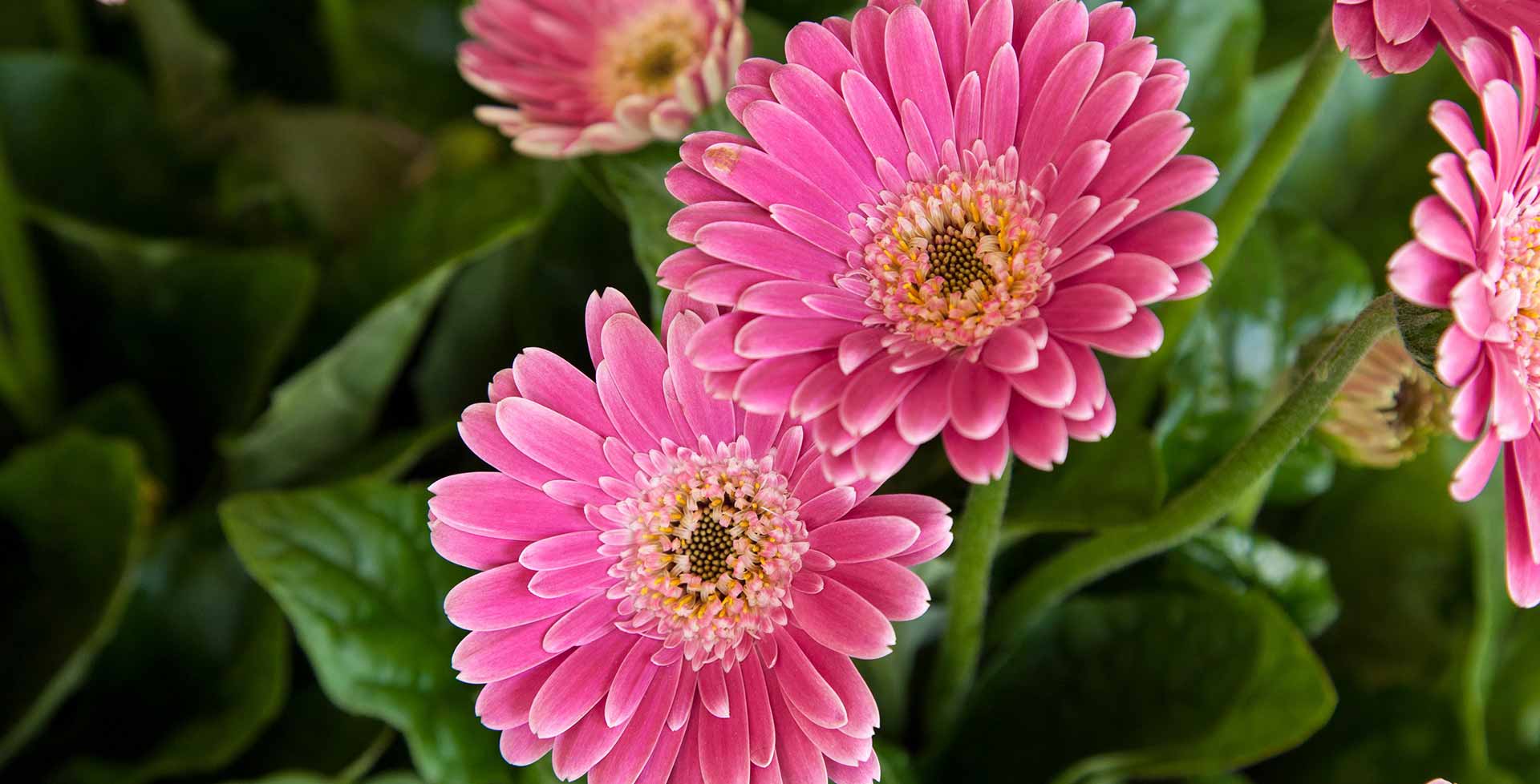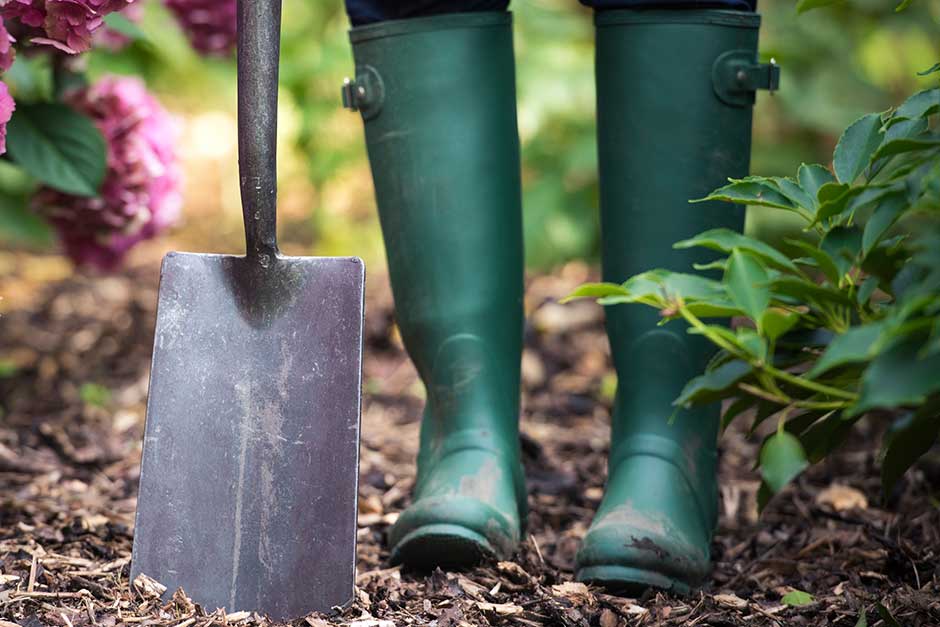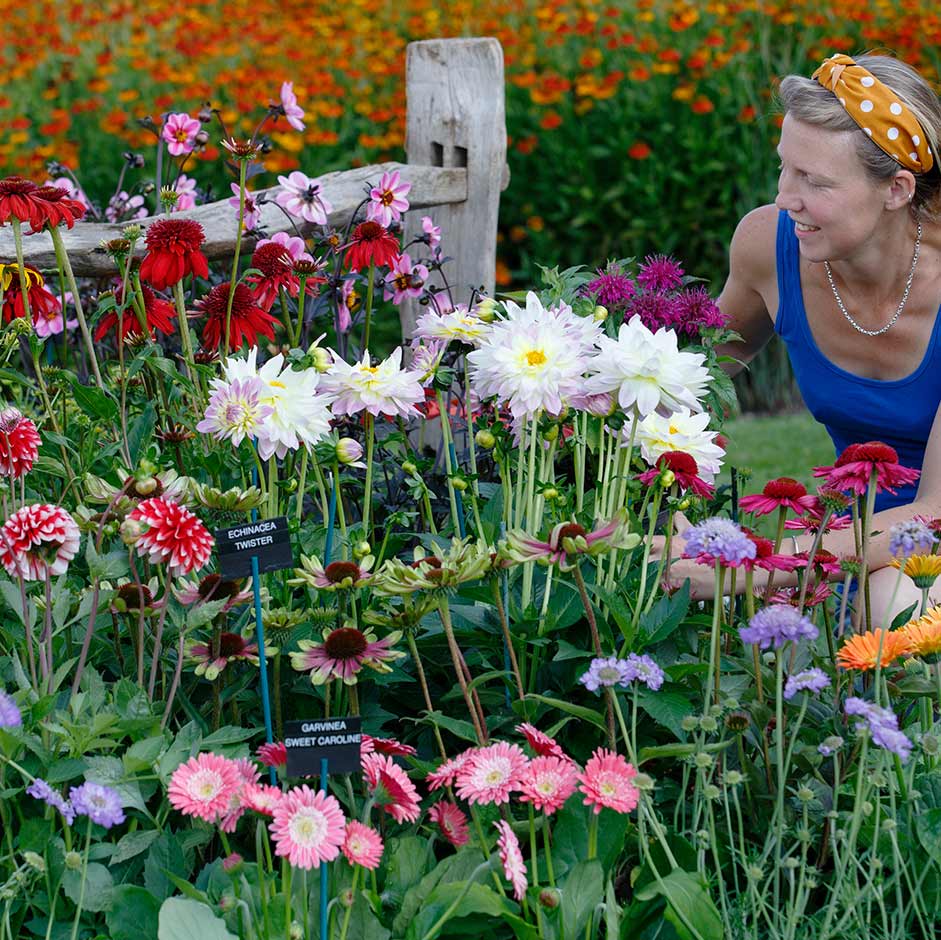
Introducing...
Gerbera
In cheerful, warm colours or cooler pastels, gerberas bloom throughout the summer months. They have long been grown as houseplants, summer bedding and for cut flowers, and new hardy forms are further increasing their versatility and appeal.
Looks
The bold daisy flowers come in a wide array of colours – reds, oranges, yellows, purples, pinks and white – often rich and vibrant but also softer tones. These long-lasting flowers stand above dense clumps of foliage.
Likes
Gerberas enjoy a sheltered, sunny spot, either indoors or out, in fertile, well-drained soil or compost. They are happy in temperatures between 10–20°C (50–68°F).
Dislikes
Most dislike winter cold and wet. Tender gerberas won't survive below 5°C (41°F), and even hardy forms are best kept frost free. In damp conditions they are prone to rotting.
Did you know?
Gerberas make great cut flowers, so if you grow them outdoors, do pick them for indoor displays too. They generally last in a vase for over a week, especially in cooler temperatures. If the flowers start to droop, remove the lower section of stem and refill the vase with fresh water.
Growing guide

How to grow gerberas
All the information you’ll need to grow & care for gerberas in your garden.
Gerberas we recommend
Gerbera Garvinea Sylvana ('Garsylvana'PBR) (Garvinea Series)
Gerbera Garvinea Lisa ('Garlisa') (Garvinea Series)
Gerbera Garvinea Sweet Dreams ('Gardreams'PBR) (Garvinea Sweet Series)
gerbera [Garvinea Sweet Dreams]
- 0.1–0.5 metres
- 0.1–0.5 metres
Gerbera Garvinea Sylvana ('Garsylvana'PBR) (Garvinea Series)
Gerbera Garvinea Lisa ('Garlisa') (Garvinea Series)
Gerbera Garvinea Sweet Dreams ('Gardreams'PBR) (Garvinea Sweet Series)
gerbera [Garvinea Sweet Dreams]
- 0.1–0.5 metres
- 0.1–0.5 metres
Useful advice

Cut flowers: growing and selection

Bedding plants and displays

Grey mould
Glasshouse whitefly
Get involved
The Royal Horticultural Society is the UK’s leading gardening charity. We aim to enrich everyone’s life through plants, and make the UK a greener and more beautiful place.